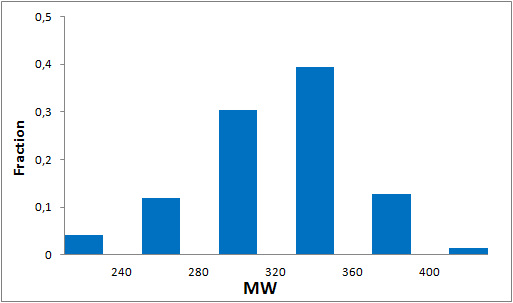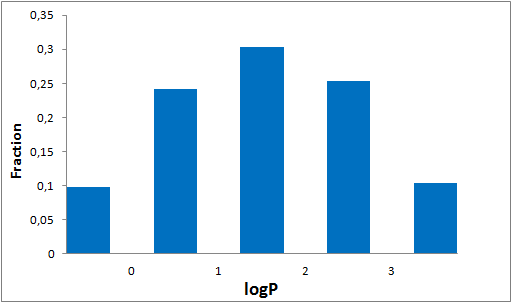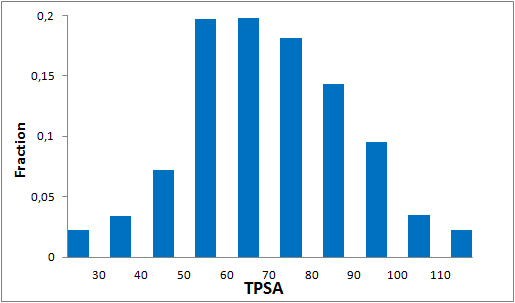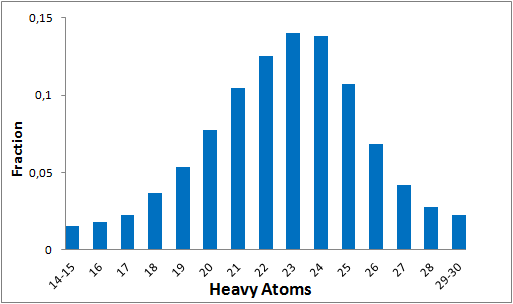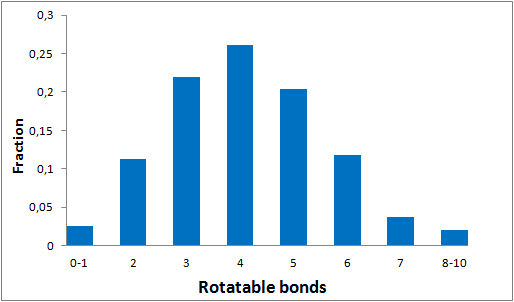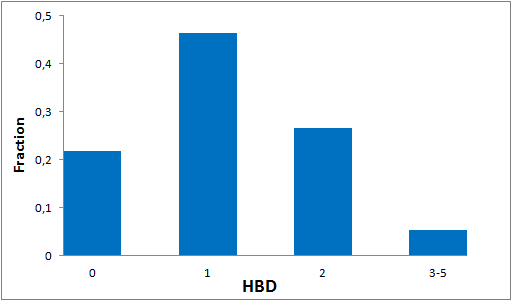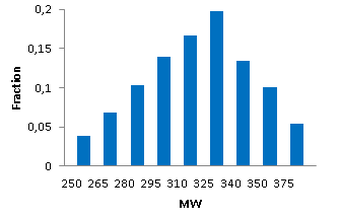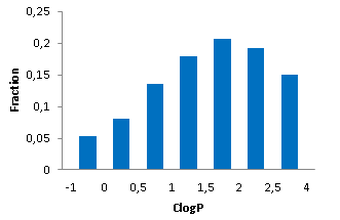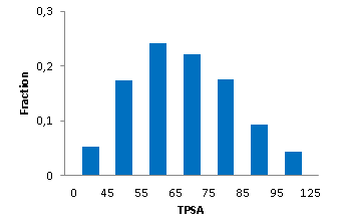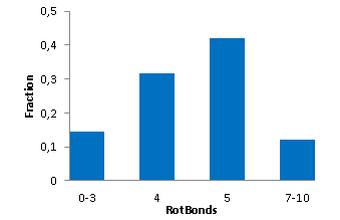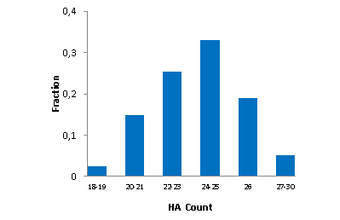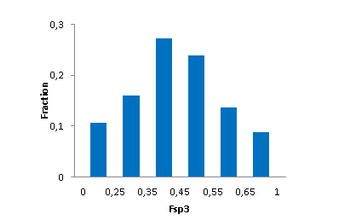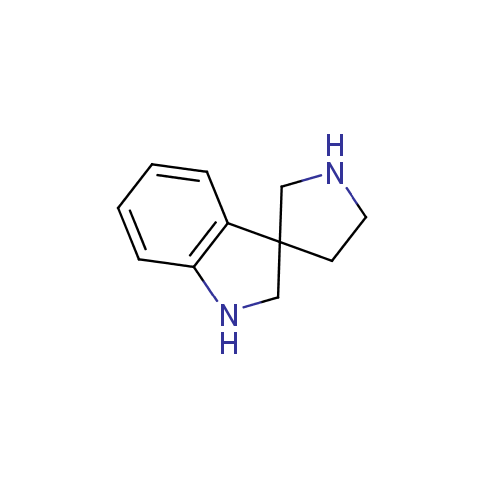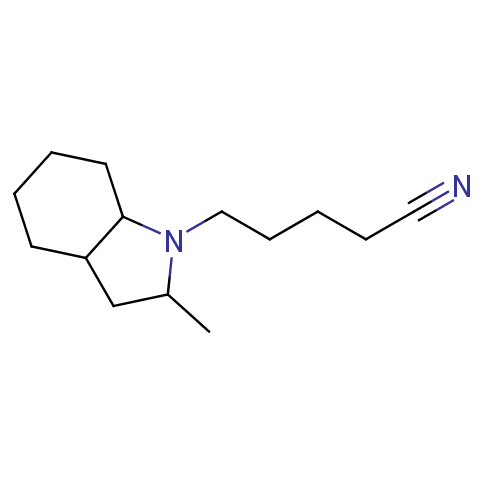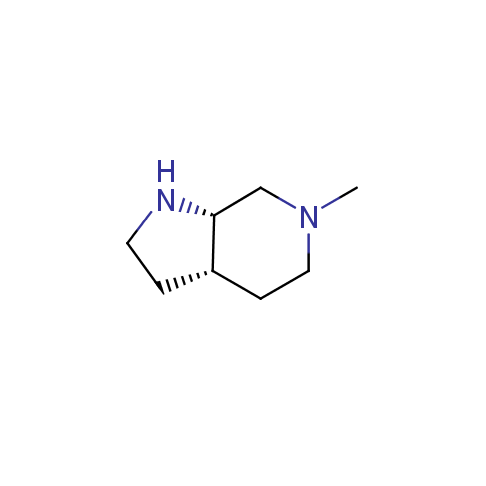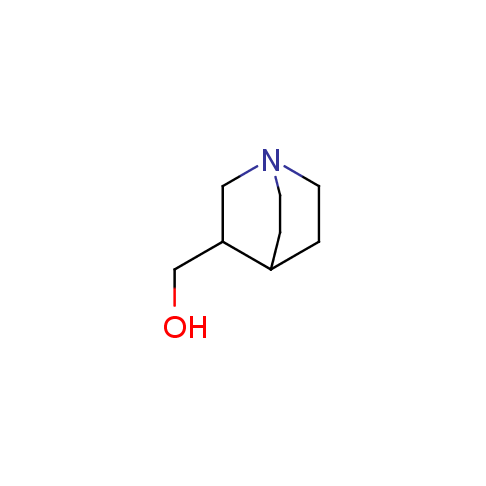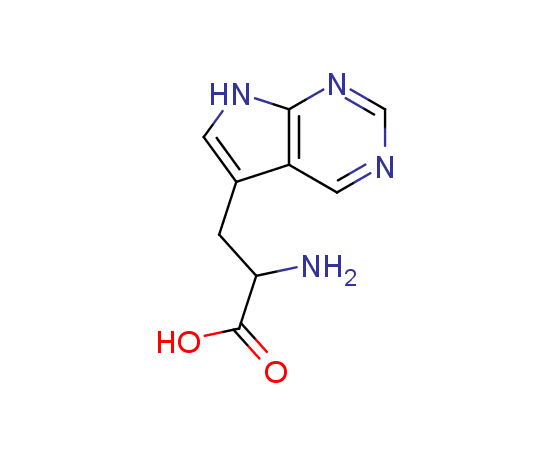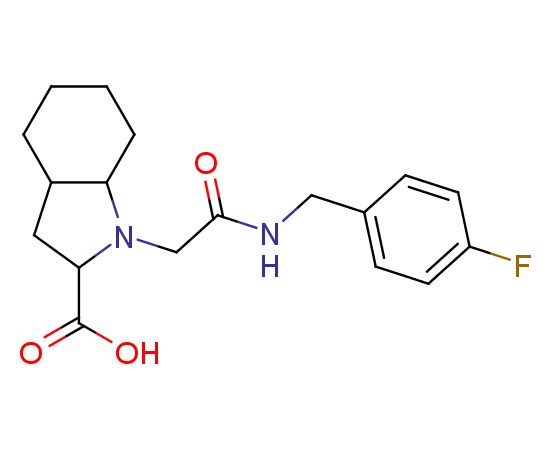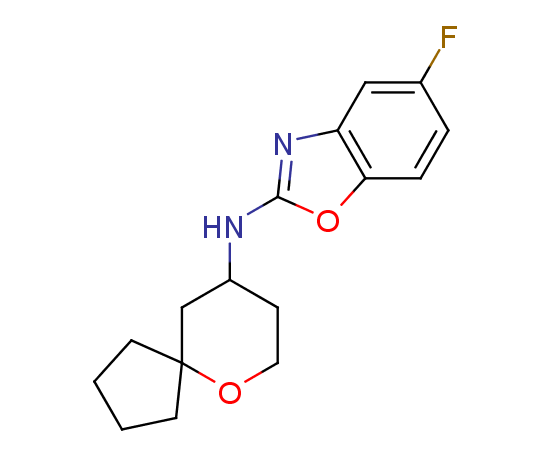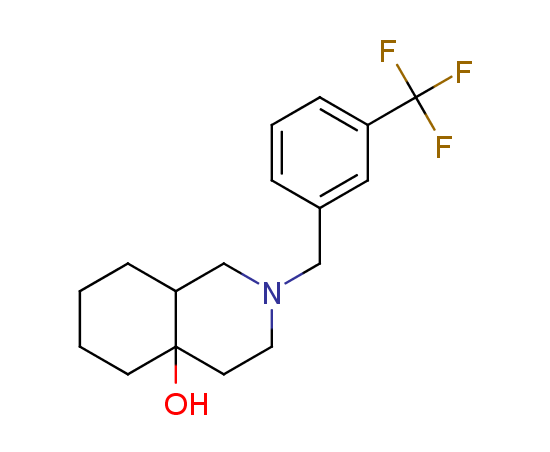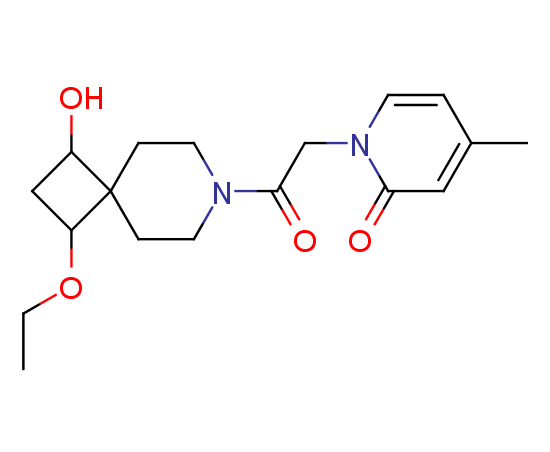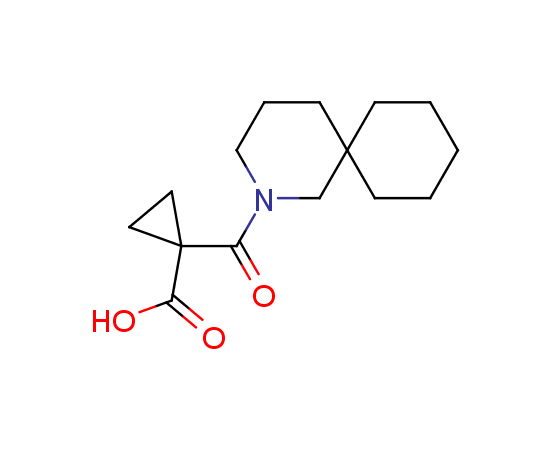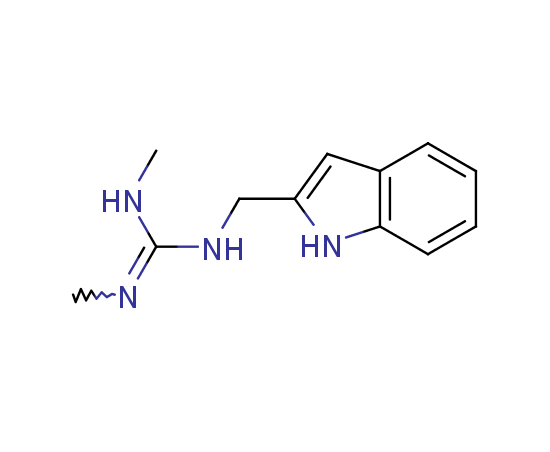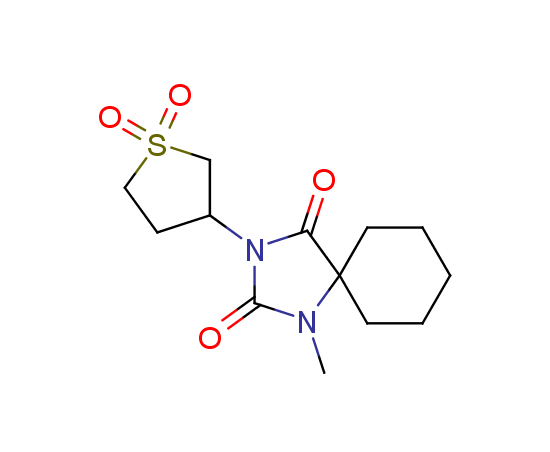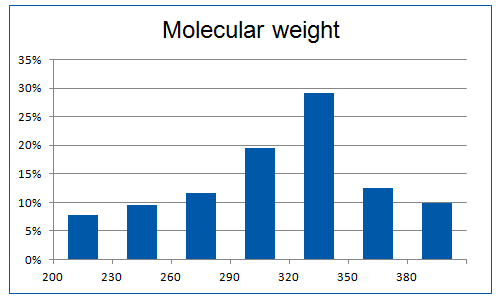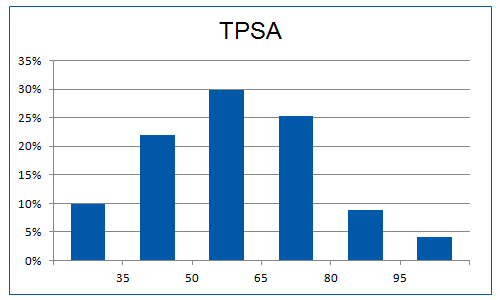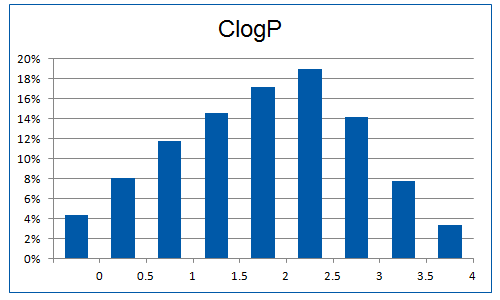Top-quality diverse library of recently synthesized compounds
50 240 compounds
The success of high throughput screening in finding decent starting points for drug discovery heavily depends on the quality of the compound library. Compound screening libraries nowadays must bear an essential degree of novelty, possess contemporary lead-like properties and be built on “live chemistry” that can supply related chemical entities.
Enamine is constantly updating its Screening catalog with at least 225 000 newly synthesized compounds each year. These molecules are built on novel chemistry with use of the latest achievements in parallel chemistry and following industry trends in molecular properties and structural features. Every new library to be synthesized went through serial filters and is focused to bring novelty in a certain drug discovery area.
Discovery Diversity Sets (DDS) are aimed to bring latest chemistry to our customers within a smart clustering approach. Discovery Diversity Sets are based only on the lead-like compounds including representatives of all three main screening collections – HTS, Advanced, and Premium.
Typical Formats
Discovery Diversity Set is available for supply in various pre-plated formats, including the following most popular ones:
Catalog No.
DDS-50-0-Z-10
Compounds
50 240
40 plates
Amount
≤ 300 nL of 10 mM of DMSO solutions
Plates and formats
1536-well Echo LDV microplates, first and last four columns empty, 1280 compounds per plate
Price
Catalog No.
DDS-50-10-Y-10
Compounds
50 240
157 plates
Amount
≤ 10 µL of 10 mM DMSO solutions
Plates and formats
384-well, Echo Qualified LDV microplates #001-12782 (LP-0200), first and last two columns empty, 320 compounds per plate
Price
Catalog No.
DDS-50-50-Y-10
Compounds
50 240
157 plates
Amount
50 μL of 10 mM DMSO solutions
Plates and formats
384-well, Greiner Bio-One plates #781280, 1,2 and 23,24 columns empty, 320 compounds per plate
Price
Catalog No.
Library & follow-up package
Plates and formats
DDS-50-10-Y-10 screening library 50 240 cmpds, hit resupply, analogs from 4.3M stock and synthesis from REAL Space
Price
*We will be happy to provide our library in any other most convenient for your project format. Please select among the following our standard microplates: Greiner Bio-One 781270, 784201, 781280, 651201 or Echo Qualified 001-12782 (LP-0200), 001-14555 (PP-0200), 001-6969 (LP-0400), C52621 or send your preferred labware. Compounds pooling can be provided upon request.
The hits from Discovery Diversity Sets are expected to be fast and easy to produce follow-up SAR libraries.
Download SD files
Key features
- Novel compounds
- No singletons, 3-5 compounds per cluster
- 10 234 clusters in DDS-50
- No PAINS, only MedChem friendly compounds
- Express follow-up guaranteed
Distribution of clusters size (# of compounds with a cluster) in the library
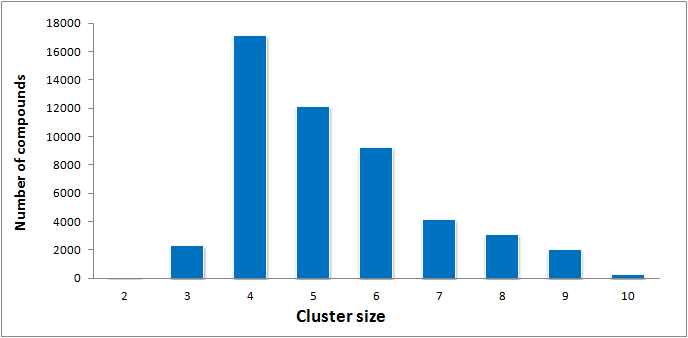
Examples of molecules within a cluster

PPI-like scaffolds Cluster 4

GPCR-like structures Cluster 14

CNS-like scaffold Cluster 34

Kinase scaffold Cluster 11062
High-quality diverse library of latest compounds
10 240 compounds
The success of high throughput screening in finding decent starting points for drug discovery heavily depends on the quality of the compound library. Compound screening libraries nowadays must bear an essential degree of novelty, possess contemporary lead-like properties and be built on “live” chemistry that can supply related chemical entities.
Only within last three years Enamine synthesized over 790 000 screening compounds for its public catalog. These substances feature a new structural diversity of Enamine unique building blocks and scaffolds. Having the largest commercial screening collection in the world, Enamine remains the only library producer that keeps enhancing its collection with significant number of new compounds each year. The renowned quality of compounds has been distilled in the design of two Discovery Diversity Sets (DDS). Discovery Diversity Sets are based only on the lead-like compounds including representatives of all three screening collections of Enamine – HTS, Advanced, and Premium.
The Discovery Diversity Sets are highly recommended for random screening against new as well as popular targets because of diversity of scaffolds and presence of latest building blocks.
Discovery Diversity Sets have been plated at 10 mM concentration in DMSO and can be swiftly supplied in different customized formats including following most popular options:
Typical Formats
Discovery Diversity Set is available for supply in various pre-plated formats, including the following most popular ones:
Catalog No.
DDS-10-0-Z-10
Compounds
10 240
8 plates
Amount
≤ 300 nL of 10 mM of DMSO solutions
Plates and formats
1536-well Echo LDV microplates, first and last four columns empty, 1280 compounds per plate
Price
Catalog No.
DDS-10-10-Y-10
Compounds
10 240
32 plates
Amount
≤ 10 µL of 10 mM DMSO solutions
Plates and formats
384-well, Echo Qualified LDV microplates #001-12782 (LP-0200), first and last two columns empty, 320 compounds per plate
Price
Catalog No.
DDS-10-50-Y-10
Compounds
10 240
32 plates
Amount
50 μL of 10 mM DMSO solutions
Plates and formats
384-well, Greiner Bio-One plates #781280, 1,2 and 23,24 columns empty, 320 compounds per plate
Price
Catalog No.
Library & follow-up package
Plates and formats
DDS-10-10-Y-10 screening library 10 240 cmpds, hit resupply, analogs from 4.4M+ stock and synthesis from REAL Space
Price
*We will be happy to provide our library in any other most convenient for your project format. Please select among the following our standard microplates: Greiner Bio-One 781270, 784201, 781280, 651201 or Echo Qualified 001-12782 (LP-0200), 001-14555 (PP-0200), 001-6969 (LP-0400), C52621 or send your preferred labware. Compounds pooling can be provided upon request.
Download SD files
The hits discovered from Discovery Diversity Sets are expected to easily yield lead compounds. All identified hits can be readily followed with analogues either from stock or from new syntheses through our REAL database technology. All building blocks for lead optimization programs are readily available from Enamine stock.
Key features
- Novel compounds
- No PAINS, only medchem friendly compounds
- Express follow-up guaranteed
Comparative analysis of DDSs and commercially available compounds
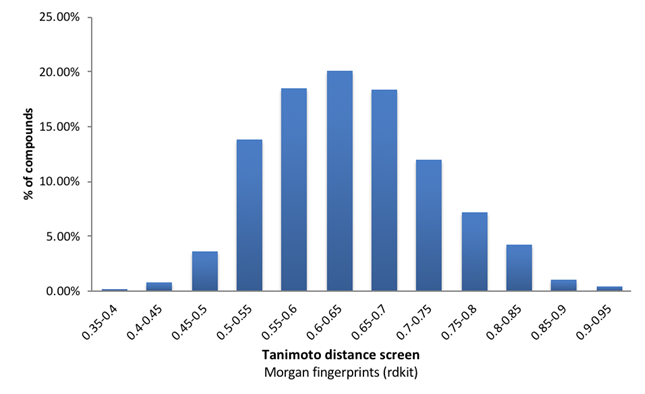
74% of the compounds from DDS 10K are available exclusively at Enamine
Examples of the molecules
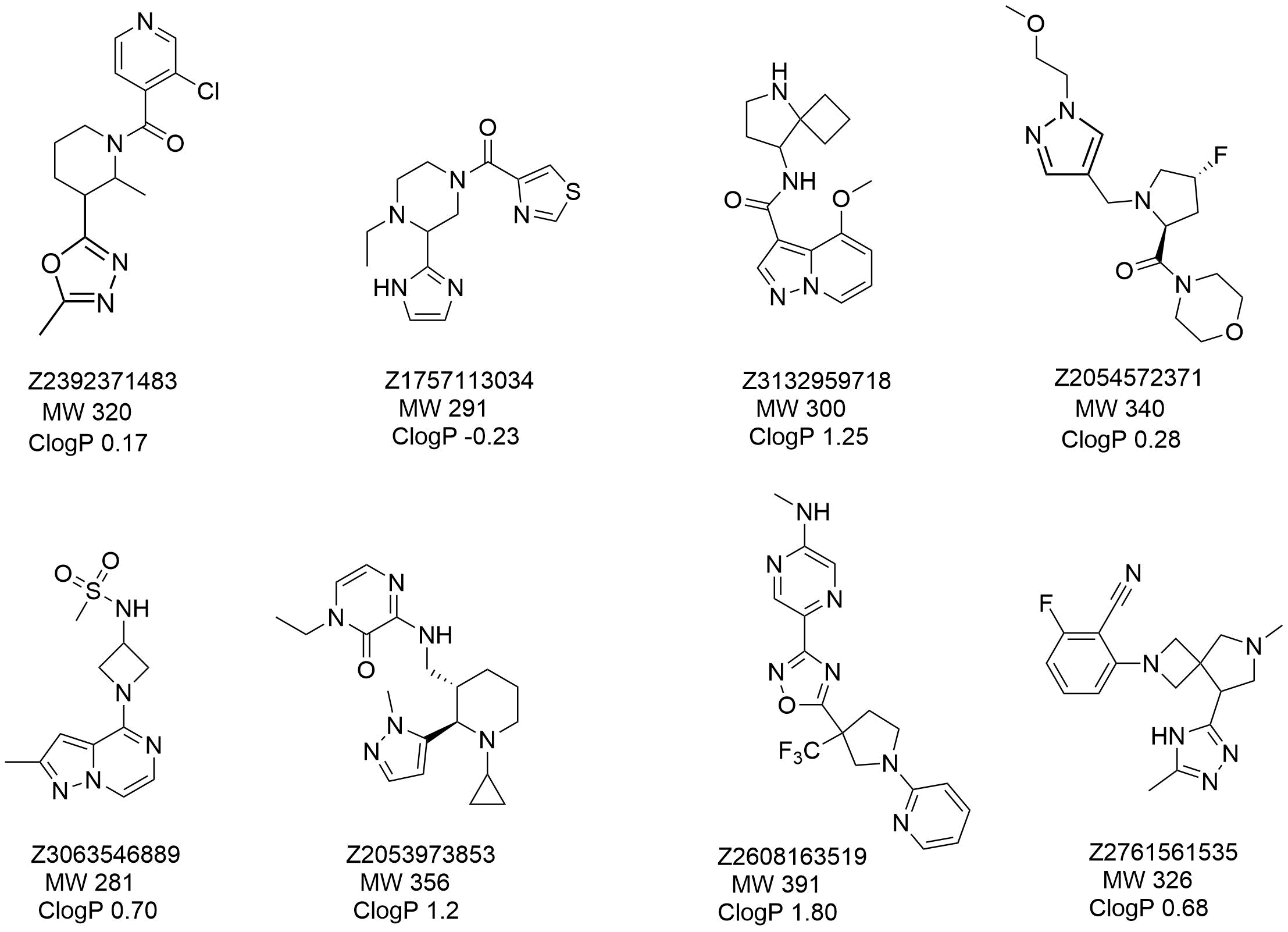
Enamine’s Screening Collection of 4.4M+ compounds and over 200k Building Blocks is an unprecedented source for Hit Finding projects. Continuous collection enhancement with new chemotypes derived through development of new synthetic approaches provides versatile opportunity for small molecules Drug Discovery.
We offer a number of high-quality Diversity Libraries different in size and design intention.
Product catalog
HLL-460
Size
460 160
compounds
Description
The largest diversity library with high MedChem tractability
Download file
HLL-200
Size
200 000
compounds
Description
Sublibrary of HLL-460
Download file
HLL-100
Size
100 160
compounds
Description
Sublibrary of HLL-460
Download file
DDS-50
Size
50 240
compounds
Description
Top-quality diverse library of recently synthesized compounds
Download file
DDS-10
Size
10 240
compounds
Description
High-quality diverse library of latest compounds
Download file
CSL-11760
Size
11 760
compounds
Description
Diverse covalent library with most demanded warhead types
Download file
PSL-5760
Size
5 760
compounds
Description
Special diversity library created for Phenotypic Screens
Download file
PAINS-320
Size
320 compounds
Description
Special diverse selection of frequent hitters
Download file
MCR-500
Size
500 compounds
Descriptions
Original design beyond Ro5 compounds
Download file
Support
We offer comprehensive support in developing your hit compounds. Naturally such programs are realised most efficiently when biological actives originate from our screening collection. However, even if the hit compounds are from the collections of other vendors lead identification and optimization projects can proceed most productively in our hands. Sometimes for this we only need to synthesize first examples of the given chemical series and validate synthesis route.
Source of biologically validated starting points
4 160 compounds
Screening of natural products has inspired discovery of remarkable number of drugs. Enrichment of small libraries with compounds possessing structural motifs validated by nature allows reaching better molecular profile and improves biological response. A special place in drug development should belong to Natural Product-like Fragments as promising starting points within attractive chemicals space.
Typical Formats
Catalog No.
NPL-4160-Y-10
Compounds
4 16013 plates
Amount
10 µL of 10 mM DMSO stock solutions
Plates and formats
384-well microplates, first two and last two columns empty, 320 compounds per plate
Price
Catalog No.
NPL-4160-X-50
Compounds
4 16052 plates
Amount
50 µL of 100 mM DMSO stock solutions
Plates and formats
96-well plates, Greiner, first and last columns empty
Price
Catalog No.
NPL-4160-X-100
Compounds
4 16052 plates
Amount
100 µL of 10 mM DMSO stock solutions
Plates and formats
96-well microplates, 80 compounds per plate
Price
Catalog No.
NPL-4160
Compounds
4 160
Amount
Custom
Plates and formats
Any custom format
Price
Download SD file
Library code: NPL-4160
Version: 23 February 2024
4 160 compounds
at 100 mM in DMSO
Key features
- Scaffold Tree approach was applied to the Universal Natural Product Database (UNPD) comprising over 200K compounds to extract initial Scaffold Set.
- MedChem structural filters and refinements were used in order to remove trivial chemotypes, PAINS and overpopulated cores resulting in the Reference Scaffold Set with 550 structures.
- Substructure and similarity searches were applied to extract compounds bearing natural-like cores and moieties. Scaffold frequency analysiswas carried out to finalize and optimize fragment library.
Examples of the molecules
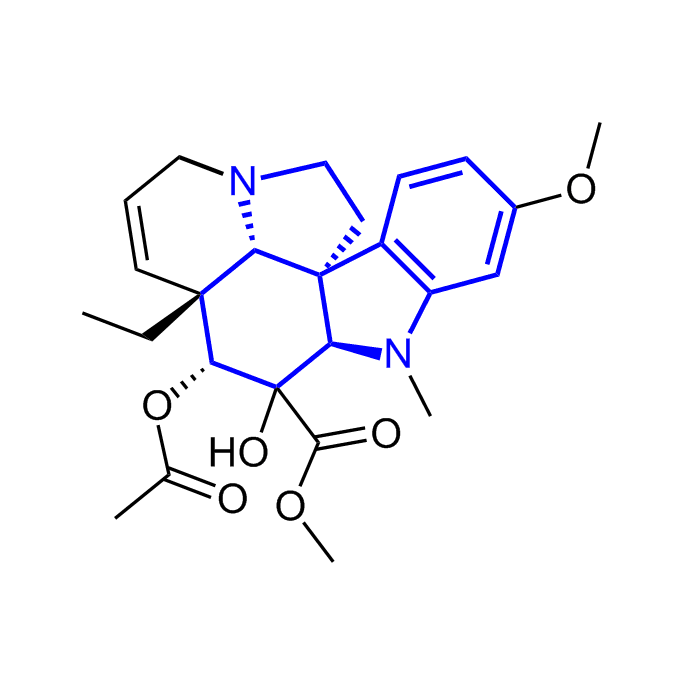
Vindoline
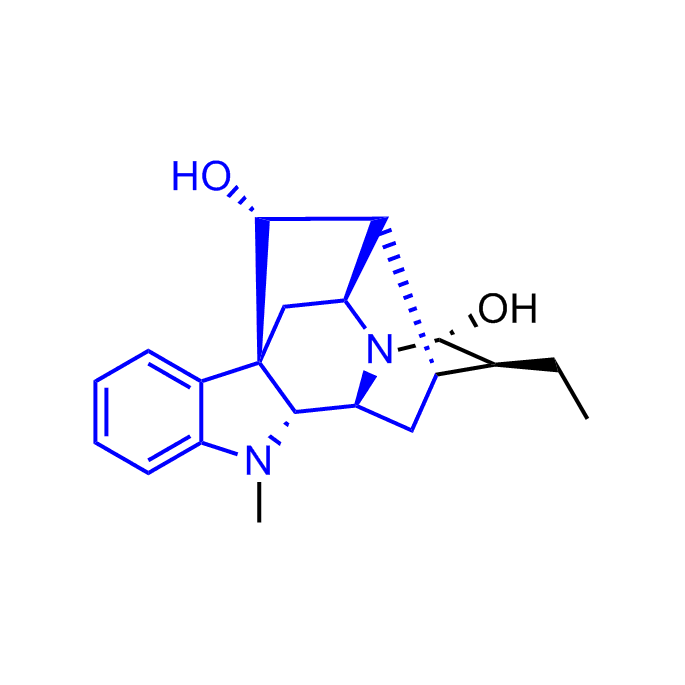
Ajmaline
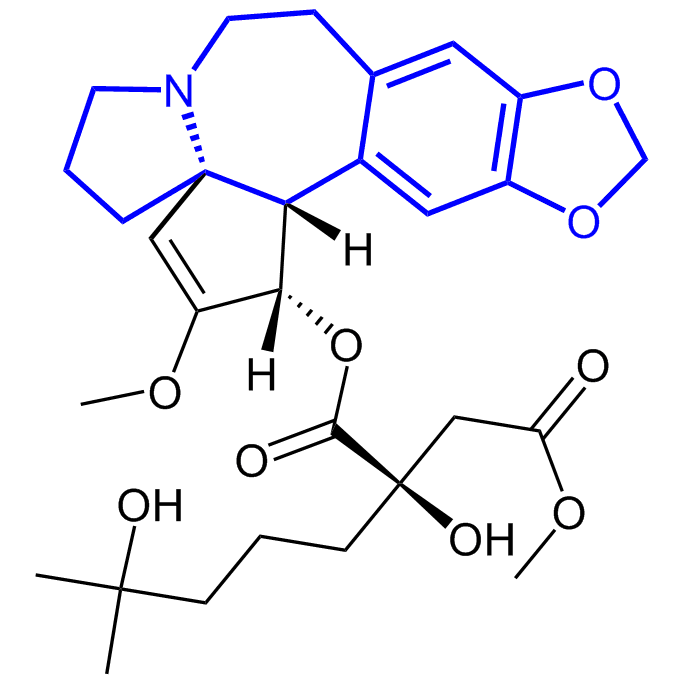
Omacetaxine mepesuccinate
Fragments able to mimic protein structural motifs and hot-spot residues
3 600 compounds
Protein-protein interactions regulate most aspects of life cycle thereof being the most attractive and perspective target for contemporary drug development. This field is still not well explored and there are no common rules for proteins involved in this type of interaction. Such intricate biological systems cannot be cost-efficiently tackled using conventional high-throughput screening methods and algorithms. However, fragment-based approach showed fruitful results in search of new PPI inhibitors. We created new library of PPI fragments with dedicated design that consists of systematical knowledge of common PPI inhibitors and selection by privileged structural motifs.
Using our PPI Fragments for hit finding you receive multiple benefits allowing you to save on time and costs in lead generation. Each fragment from the library can be easily followed with available in stock analogues or synthesis of new derivatives through our REAL Database technology.
Typical Formats
Catalog No.
PPIF-3600-Y-10
Compounds
3 600
10 plates
Amount
10 µL of 10 mM DMSO-d6 stock solutions
Plates and formats
384-well microplates, Echo qualified Labcyte LP0200
Price
Catalog No.
PPIF-3600-X-50
Compounds
3 600
40 plates
Amount
50 µL of 10 mM DMSO-d6 stock solutions
Plates and formats
96-well plates, Greiner, first and last columns empty, 80 compounds per plate
Price
Catalog No.
PPIF-3600-X-100
Compounds
3 600
40 plates
Amount
100 µL of 10 mM DMSO-d6 stock solutions
Plates and formats
96-well microplates, first and last columns empty, 80 compounds per plate
Price
Catalog No.
PPIF-3600
Compounds
3 600
Amount
Custom
Plates and formats
Any custom format
Price
Download SD file
Library code: PPIF-3600
Version: 16 September 2021
3 600 compounds
at 40 mM in DMSO-d6
Key features
Recent researches in the field of PPI fragments revealed the requirement of higher molecular weight molecules compared to common fragments due to a larger contact surface area. Therefore “Rule of four” restriction were used to extract initial PPI fragments subset, as they are typically larger and more lipophilic. Additionally, machine-learning method (decision tree) with number of validated descriptors was used to refine the library.
The “hot-spots” concept has been applied, implying the use of “key” amino acid residues involved in PPIs. A significant number of the selected fragments contains groups/moieties which correspond to these hot-spots. Additionally, library was enriched with the molecules having alpha helix-like structure, able to mimic protein motifs. Also since hydrogen bonds often play a crucial role in PPIs the preference was set for the molecules bearing at least one H-bond donor (>70%) and one H-bond acceptor (100%).

